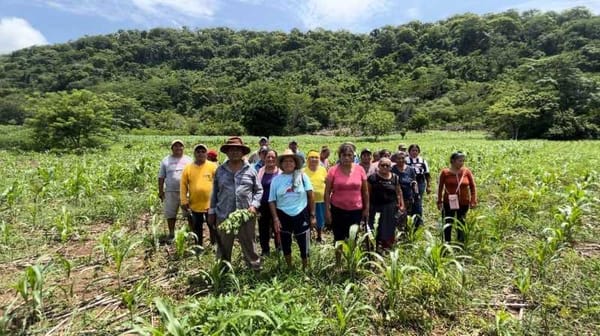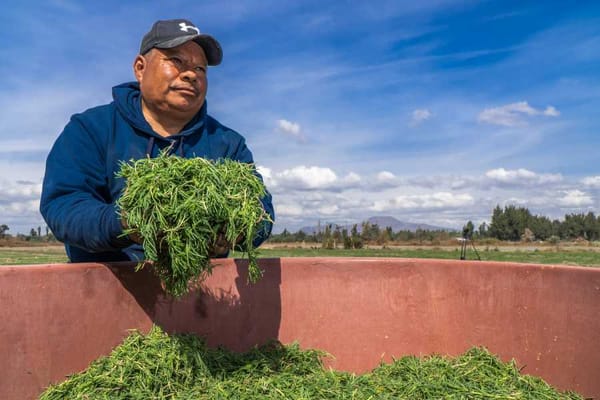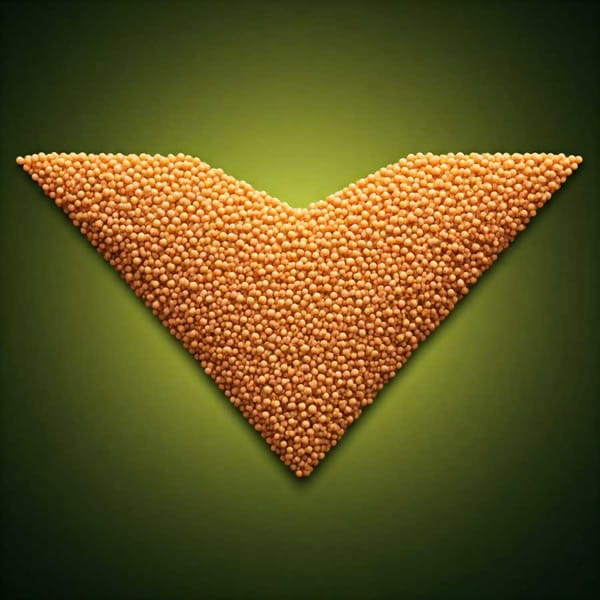Macurawe / guarijío and the craftsmanship of the natives of Sonora
Explore the world of craftsmanship of the native peoples of Sonora and an overview of the beauty and richness of the contents of the Guarijío.

Today, in the highland territories between the states of Sonora and Chihuahua, the presence of the Guarijío, or Guarojío, can be distinguished, depending on the region where one is located: Guarijío in Sonora, Guarojío in Chihuahua. This difference is not only nominal but is in a certain way the very reflection of the vicissitudes of history that take shape in the process of diverse societies, originally composed of hunters and gatherers, who eventually developed agriculture and settled along the tributaries and banks of the upper Mayo River.
The members of this little known group are also part of the great linguistic family of the Yuto-Nahuas, which crosses an important part of the Mexican geography, leaving its differentiated mark in the heart of the different societies that derived from this family; in the case of the Guarijío, it is an ethnic group that is part of a cultural region where the Rarámuri, Pima and Mayo ethnic groups, among others, converge in different ways.
In historical terms, the Guarijío form part - together with other groups that have now disappeared, such as the Chínipas, the Guazáparis or the Ihíos - of the societies that, in the 17th century, the Jesuit priest Andrés Pérez de Ribas called the "fiercest and most barbaric tribes in the world"; However, today, with a different perspective, we must consider that this fierceness with which they were described had more to do with the defense they had to make of their territory, culture and way of thinking than with the barbarism itself that was attributed to them. Who does not defend their home and territory with all their resources and energies? Who does not meekly accept that their very existence be altered and new decisions are imposed on them?
The tuburi is a ritual dance in which women participate, holding hands, dancing to the rhythm of the rattle, and the chants of the maynate.
The history of the Guarijío, like that of many of the original peoples of Mexico, is a struggle of persistence and strength; of love for the land and the desire to preserve the existence of a way of thinking, which is expressed in their myths and cosmovision. In a certain sense, we can say that for this indigenous society, the crucial events in the history of Mexico, such as the struggle for independence and the revolutionary movement, were ignored and went practically unnoticed by the Guarijíos, since even in the second half of the 20th century, at the end of the 1960s, they were still living as peons in the shackles: dispossessed of their lands, having to ask permission from the local caciques in order to build their adobe houses with palm roofs; if they planted, they had to hand over part of their harvest to the bosses, and their parents' debts were inherited by their children.
Due to the influence of the guerrilla movement from Chihuahua, in the early 1970s, a process of awareness and struggle for land began among them. This led to the constitution of the Guarijío ejidos in Sonora a little more than ten years later, which resulted in a stage that one of their historical leaders, Don José Zazueta Yoquibo, called the "New Account", a period of reorganization and obtaining support for education, health and agricultural work.
Education and the Guarijío
The struggle for the right to education also allowed the Guarijío to demonstrate that they had no desire to discriminate against anyone because when they asked the government to establish a school, they did not think only of their children, but also of the children of the Yoris (a term that in Sonora designates non-indigenous people). Unfortunately, in the face of the hopes of a "New Account", the change in their relationship with land ownership confronted them with a different phenomenon: drug trafficking, which implied new transformations and with them other risks for the preservation of the existence of this society.
For some, handicrafts are a decorative element, for others they are part of their identity. Among the indigenous people of Mexico, handicrafts are a school and artisans, teachers without a title; they are a voice that explains, a memory that remembers, hands that teach and learn.
It can be said that for a long time the Guarijíos remained in the oblivion of society (beyond their historical territory) and for this reason, they have been one of the least recognized native peoples in Mexico. In recent years, the Guarijío of Sonora have claimed to be named by their true indigenous appellative or "ethnonym", which is why they call themselves the Macurawe, a term that according to some versions means "those who grabbed the stones" (a possible allusion to the composition of their territory) or, according to others, this term means "those who grabbed the stones", according to others, this term means "those who hold hands" (which could be related to one of their most important dances, the tuburi, in which women hold hands to dance and give symbolic consistency to their world).
Weaving guaris (baskets)
What we know today as "handicrafts" is actually the result of very diverse utilitarian, expressive and symbolic needs: the things that are made often have more than one use or meaning, and this can be seen in any society. In the case of the Guarijío world, the very elements of nature dialogue with culture and shape the history of everyday things, many of which we fail to see because of their constant presence. The use and weaving of the palm among the Guarijío is traversed by the historical consciousness of their culture.
Palm weaving is basically a female activity that is transmitted from one generation to the next. With the sale of baskets, baskets, and mats, the women artisans contribute to the livelihood of their families.
Among the Guarijío, basketry and weaving of palm and other fibers have different uses, one is the making of guaris (baskets) to store grains, put tortillas, store chiltepín, among other things. The guaris are made in different sizes and models and are colored with some vegetable dyes. They also make petates ("mats"), as well as various styles of hats. Within the oral tradition, myths, tales, and stories refer to the importance of the palm.
The pascolas are ritual actors who, with their prayers, dances, pantomimes, and jokes, bring to life the ritual ceremonies of the Guarijíos: the cava-pisca, the tuburadas and the velaciones.
In the northwest of Mexico, ethnic and cultural diversity is manifested in many different ways and within this diversity, the presence of the native peoples stands out, those descendants of the ancient pre-Hispanic societies that today, with the passing of the centuries, have managed to demonstrate their perseverance, capacity for resistance and adaptation to the challenges and demands of history, maintaining their existence, language, way of thinking and traditions of great value and importance.
The Guarijíos live in scattered communities in the municipalities of Álamos and El Quiriego in Sonora, and in the municipalities of Uruachi, Chínipas and Moris in Chihuahua. In Sonora, their main localities are Mesa Colorada, Los Bajíos, Guajaray and Colonia Macurawe.
By Alejandro Aguilar Zeleny, Researcher at the National Institute of Anthropology and History, Sonora. Coordinator of the project "Ethnography of the indigenous regions of Mexico in the new millennium". This is a brief excerpt about the Guarijío from the original long-form article in Spanish, which can be found here: https://correodelmaestro.com/publico/html5092013/capitulo5/capitulo_05.html#*a




